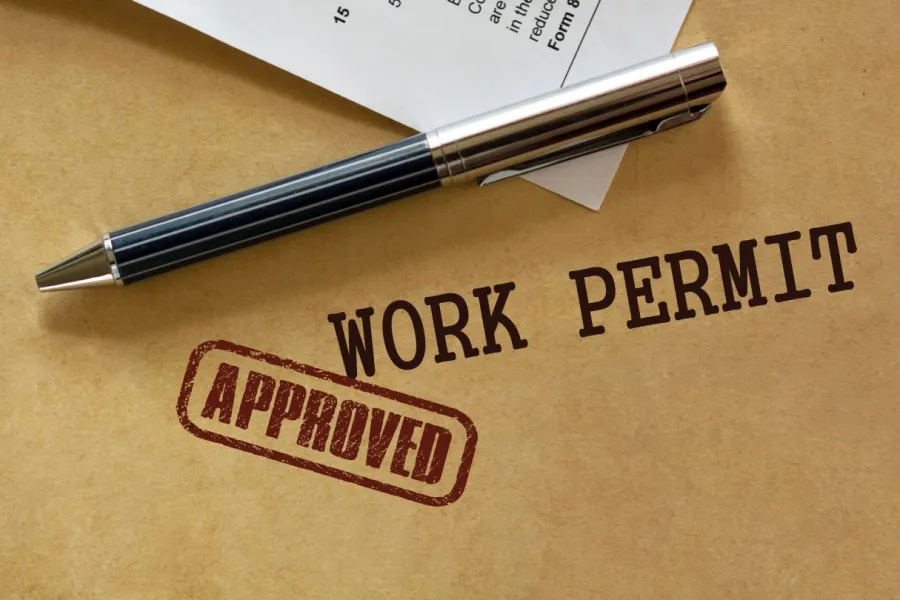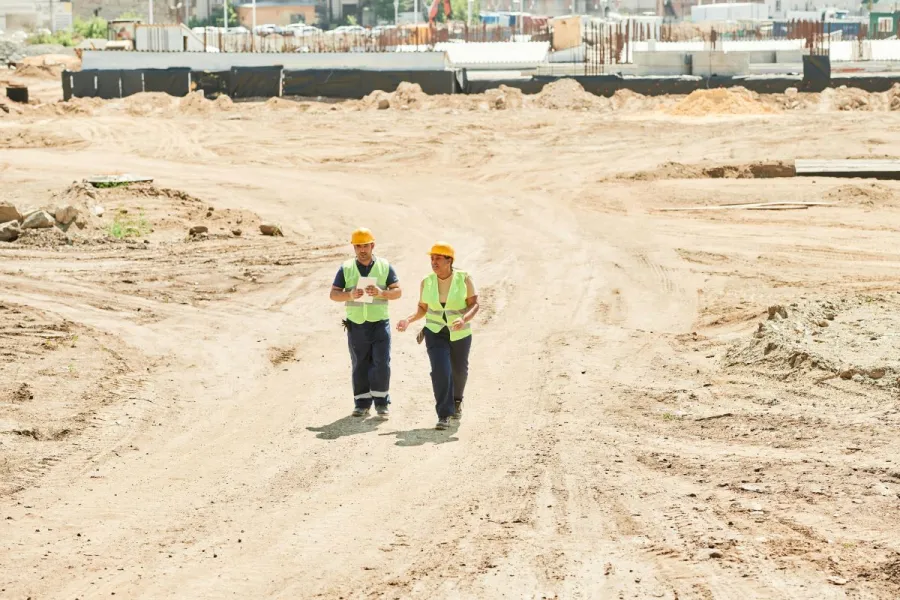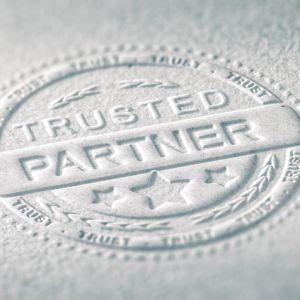1. Opportunity to gain Lithuania work experience 2. Access to growing job market 3. Possibility of permanent residency 4. High standard of living 5. Access to Schengen Countries.
LITHUANIA WORK PERMIT

Job offer, Work permit
5000 Euro
LITHUANIA WORK PERMIT, BLUE CARD AND TEMPORARY RESIDENCY PERMIT:
Lithuania is a Baltic country in Northern Europe known for its rich cultural heritage, scenic landscapes, and historical significance. It has a population of around 2.8 million people and joined the European Union (EU) in 2004, along with the adoption of the Euro currency in 2015.
Lithuania is a Schengen country. The Schengen Area comprises 26 European countries that have abolished passports and other types of border control at their mutual borders, allowing for the free movement of people within this area. This means that if you have a valid residency permit or visa for Lithuania, you can travel freely to other Schengen countries without the need for additional visas or border checks within the Schengen Area.
Lithuanians are known for their collaborative spirit and global outlook. With one of the highest shares of university-educated people in Europe, Lithuania fosters a society that thrives on freedom, creativity, and innovation. In Lithuania, international business leaders and local startups offer exciting career opportunities and a chance to make a real impact in Europe.
Lithuania is a young and thriving democracy. Stable economic growth allowed Lithuania to transform into a modern country capable of tackling global challenges and providing a high quality of life
Driven and globally minded, Lithuania is a place to tackle global challenges. Professionals here can expect to tackle truly major challenges: from improving mobility in the world’s biggest cities to developing fintech and cybersecurity products used by millions around the globe.
Advantages of Working in Lithuania:

Types of Residence Permits in Lithuania
Lithuania Blue Card and Temporary Residence Permit
-
Since the beginning of 2023, the Migration Department in Lithuania has introduced a new service for issuing Lithuanian, Blue Card, and Temporary Residence Permits (TRPs) through an external provider, VFS Global. Before this, individuals had to apply for a residence permit directly through Lithuania's migration department, which required obtaining a visa to enter the country. Now, it's possible to apply for and receive a two-year TRP card via VFS Global visa centers worldwide, eliminating the need for a separate visiting visa to enter Lithuania for residence permit application. A
A Lithuania Blue Card is a Resident Permit issued to Non-EU Nationals to work in a highly skilled job in Lithuania, while a Temporary Resident Permit is issued to Non-EU Nationals who are not highly skilled however they intend to relocate and work in Lithuania

Relocation to Lithuania for Non EU Nationals: Highly Qualified Specialists from outside the EU:
Lithuania provides a financial incentive of 3 788 EURO to highly skilled specialists to help with relocation costs.
Highly-qualified specialists from outside the EU:
The first step is to make sure you have all the documents in place to confirm your right to reside in Lithuania.
The migration process depends on your nationality and whether you already have a job offer in Lithuania.
For highly qualified specialists from outside the EU, simplified migration procedures apply. There are two ways to approach the application process. You can apply for a Blue Card through External Service Providers while still in your home country or you can arrive in Lithuania and start the application process.
Stage 1: Employee Eligibility
Employee eligibility Employee eligibility for a Blue Card must be verified based on salary, education, or work experience thresholds
Eligibility criteria: Higher education in the relevant field or no less than 5 years of relevant work experience (3 years for IT specialists). Salary of at least 1.5x the average monthly salary for the last calendar year in Lithuania. Salary of at least 1.2x the average monthly salary for the last calendar year in Lithuania if the position is on the list of high-value-adding professions.
Stage 2: Mediation Letter.
The employer submits a Mediation Letter to the Lithuanian Migration Department via its e-service system MIGRIS. The Mediation Letter is assigned a number that needs to be entered in the Blue Card application.
Stage 3: Blue Card application process
The application process through External Service Providers may take from 1 to 2 months.
The process has three steps: first, the employee submits the Blue Card application online;
then, the employee books and attends an appointment at the local application center.
Stage 4: Collection of Blue Card
Collecting the Blue Card The employee has two options to collect the Blue Card.
- The employee may have a delivery service deliver the Blue Card to the country where the employee attended their appointment at the application center.
- The employee may collect the Blue Card in person at the Migration Department after arriving in Lithuania.
Stage 5: Declare Place of Residence in Lithuania
Upon collecting the Blue Card, the employee will have 1 month to declare their place of residence in Lithuania.
Relocation of Unskilled Specialists' Who are Non EU Nationals
In case you do not qualify as a skilled specialist there are two ways to Obtain Residency in Lithuania.
A) You can get an offer for a job and apply for a residence permit while still in your country of residence.
B) You can come to Lithuania and apply for a permit here, but remember that you will not be able to start working until you have received your residence permit.
Stage 1. Employee Eligibility:
Employee eligibility The employer finds a candidate and determines whether they are eligible for a Temporary residence permit (TRP).
Eligibility criteria:
- Direct employment at a company registered in Lithuania.
- The employment period in Lithuania is at least six months.
- The employee must meet at least one of these requirements:
- Have proof of qualification (e.g. a certificate from an educational institution)
- Have at least one year of relevant work experience during the last five years.
- Will receive a monthly salary that is equal to or higher than the average monthly salary at the company in the last calendar year.
Stage 2. Mediation Letter:
Mediation Letter If an employee is eligible for a TRP, then the employer submits a Mediation Letter to the Lithuanian Migration Department via its e-service system MIGRIS. The Mediation Letter is assigned a number that needs to be entered in the TRP application.
Stage 3. Application process
The application process through External Service Providers may take up to 90 days. The process has three steps: first, the employee applies online; then, the employee books and attends an appointment at the local application center.
Stage 4. Collecting Residence Permit:
Collecting the Temporary Residence Permit The employee has two options to collect the Temporary Residence Permit.
Option 1 The employee can collect their TRP at their local application centre.
Option 2 The employee can collect their TRP at the Migration Department office.
If the employee's profession is listed on the high-demand list, they can start working before collecting their TRP.
Stage 5.
Declaring the place of residence in Lithuania Upon collecting their TRP, the employee will have 1 month to declare their place of residence


Lithuania Job Shortage:
Annually, Lithuania's Labor Exchange Department publishes a list of professions in high demand that lack local employees. While this list remains mostly unchanged each year, with only a few professions being added or removed, applicants falling under this category will experience simplified procedures for obtaining work and residence permits, without needing permission from the labor exchange department to be employed.
The listed professions span various sectors:
Construction Sector: Includes a range of roles such as wide-profile construction workers, bricklayers, carpenters, plumbers, welders, and more.
Industry Sector: Covers shipbuilders, machinists, software control machine operators, butchers, bakers, tailors, and other industrial roles.
Service Sector: Encompasses computer scientists, cooks, train and bus drivers, among others.
Agricultural Sector: Features roles like greenhouse workers, farm operators, lumberjacks, and mechanizers, among others.
Lithuanian economy and employment have been growing steadily in recent years. It is forecasted that the economy of high technologies will grow, and job opportunities will also increase for skilled workers and operators.
FIND OUT MORE:
FIND OUT MORE: Contact us to learn more about how to obtain a Job Offer, Work Permit, Lithuania Blue Card, and Temporary Residence Permit, and our team of experts will contact you within 24 hours.

Contact Hetdynamic Ltd for Visa & Immigration

-
No 3 Akpoguma Street, Surulere Lagos
-
-
Request a Appointment
